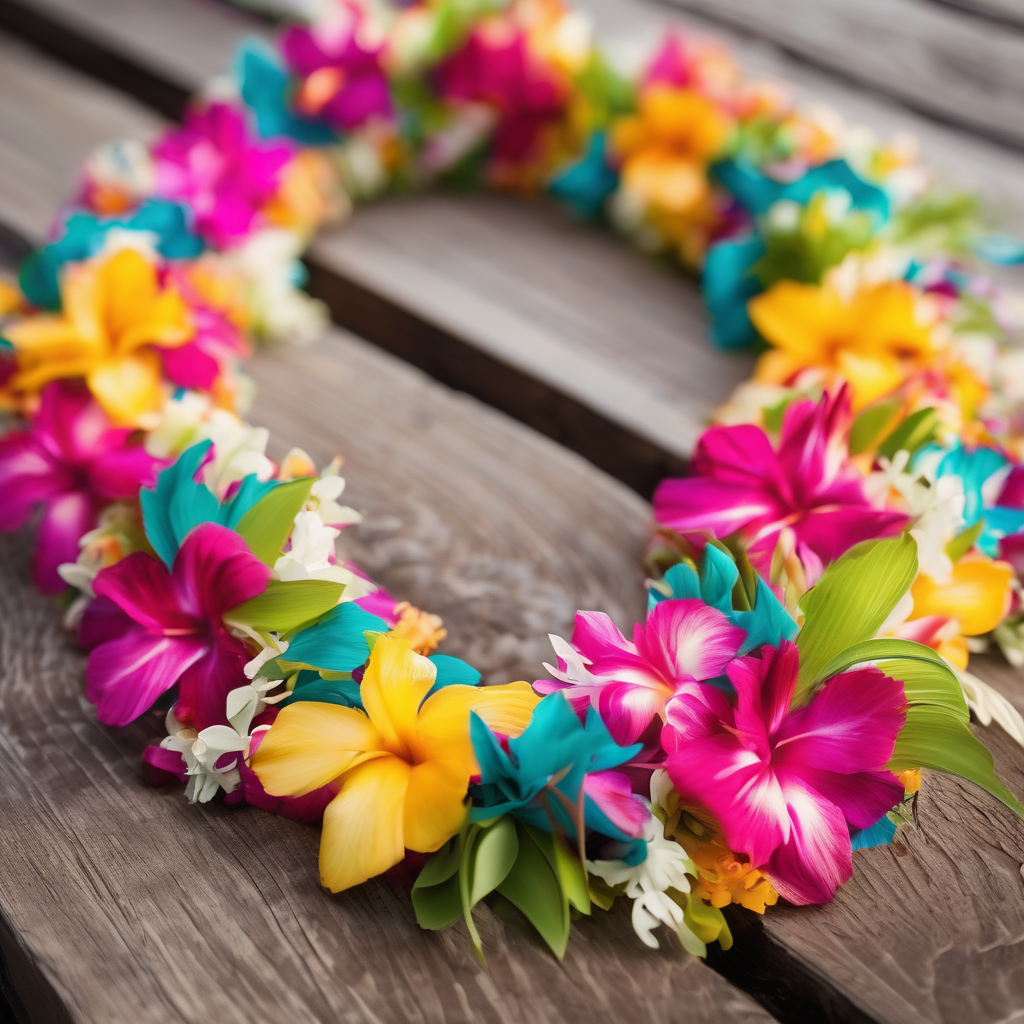Visitor activity in Hawaii witnessed a decline in September, with a reported total of 690,858 tourists arriving in the state, marking a 2.5% drop from September 2024. Despite this decrease in visitor numbers, higher daily spending rates contributed to an overall boost in tourism revenue. The average daily expenditure increased by 11.3% to $270 per person, helping to elevate total visitor spending to $1.54 billion, which reflects an 8.1% year-over-year increase.
In the year-to-date figures, Hawaii welcomed approximately 7.29 million visitors, exhibiting a modest increase of 0.4% compared to the previous year. Total spending for the first nine months of 2025 reached $16.17 billion in nominal dollars, a rise of 4.9%. Notably, most visitors, totaling 674,860, arrived by air, primarily from the U.S. West and East coasts, while 15,998 traveled via out-of-state cruise ships. However, arrivals by air saw a 2.2% dip, and there was a significant 14.5% decline in cruise arrivals compared to the previous year.
Jerry Gibson, president of the Hawaii Hotel Alliance, noted that September was challenging for both visitor arrivals and overall spending, exacerbated by rising operational costs such as labor and goods. He indicated that the average daily rates for hotel accommodations are failing to keep pace with these rising expenses, resulting in stagnation in profitability within the industry.
The challenges faced by Hawaii do not stand alone, as national travel trends showed a similar decline. Chris Kam, president and COO of Omnitrak TravelTrak America, remarked that while travel dipped from August, participation rates remained above last year’s levels, indicating resilience in domestic travel. However, he warned that Hawaii’s perception as a non-budget destination could hinder demand, particularly given the higher costs associated with traveling to the islands compared to nearby states.
Data from the state’s Department of Business, Economic Development and Tourism revealed that the U.S. West market, Hawaii’s largest source of visitors, saw a 4.7% drop in arrivals, yet spending surged by 14.7% to $737.5 million. On the other hand, visitors from the U.S. East market grew by 2% to 163,579, with spending also rising by 8.8% to $434.9 million. Improvements were seen from Japan, with a rebound of 8.6% in arrivals and an increase in spending as initiatives to bolster tourism and business ties were emphasized.
Despite these brighter spots, tourism officials recognized Hawaii’s stiff competition on a global scale. Keith Vieira of KV & Associates highlighted that Hawaii’s $63 million tourism budget is inadequate for international competition, especially when compared to much larger allocations by destinations such as Las Vegas and California, which are investing significantly more in destination marketing.
The Hawaii Visitors and Convention Bureau (HVCB) is currently seeking additional funding from the Hawaii Tourism Authority to amplify marketing efforts and drive visitors from key U.S. markets. HVCB’s president, Aaron J. Sala, indicated that recent marketing campaigns, particularly the Maui Emergency Marketing Campaign, have shown success, leading to a request for additional resources as the state navigates ongoing market challenges.
As Hawaii looks ahead, the tourism sector faces a balancing act between addressing these challenges and capitalizing on opportunities for recovery and growth in the coming year.
